Everything is ready to start harvesting the first cherries of the Chilean season in Ovalle. "Given the fruit's ripening condition, we expect to start harvesting the first cherries of the season in the orchard of Tabalí de Valle Arriba as of next week," said Jorge Astudillo Gálvez, agronomist, production manager of the company and founder of the Cerezas Primores International Seminar, held in Ovalle, Coquimbo region.
"With these first volumes from the Ovalle area we will begin to meet the demand for this fruit in China, where it will arrive by air until mid-November, when the first maritime shipments will start to be carried out through the Cherry Express service."
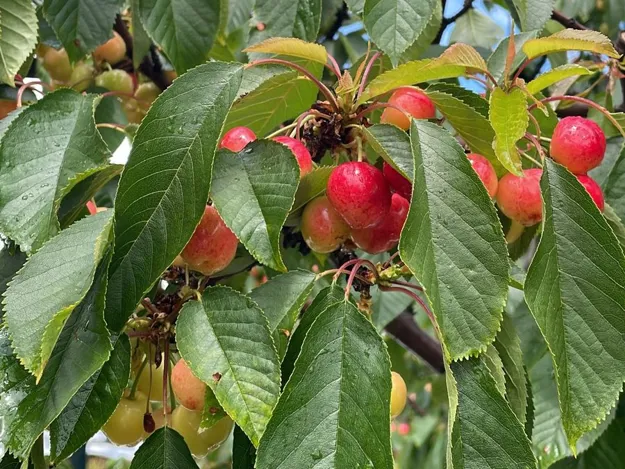
"Chile exports 95% of its production to China, which certainly entails risks, considering that it is practically their only destination. The last few seasons have not been normal, both because of COVID and logistical issues. The early cherries are not hit by any of the factors that can affect the fruit at another time of the season." 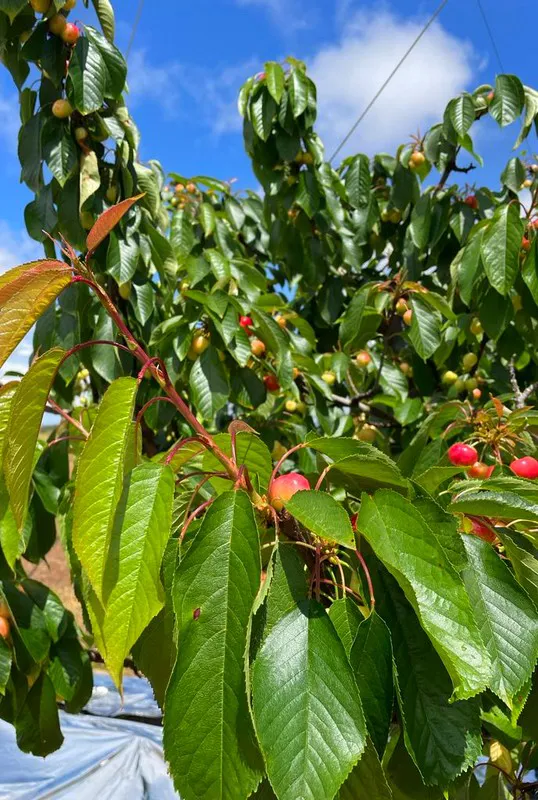
For producers in central Chile there is an added factor: the Chinese New Year. "This year, they are forced to export the fruit before December 15, aiming to arrive at their destination before January 20". The fact is that in 2023, the Chinese New Year, which is celebrated in a different date each year, will take place considerably earlier than in the previous year. In fact, you have to go back to 2004 to find a year in which the celebration happened so early.
"The early cherries are not affected by the date when this important holiday is held, as their arrival on the Chinese market happens months earlier. The key goal is to arrive with good quality fruit and have the right commercial conditions for the varieties grown in the area."
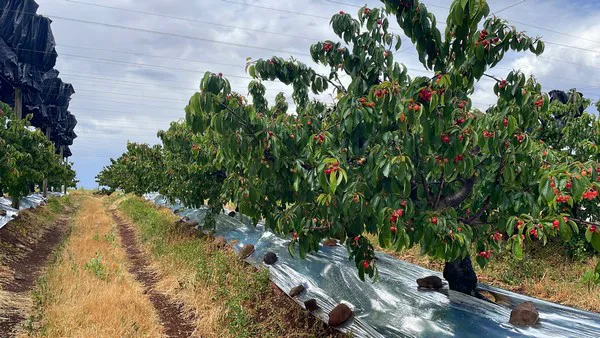
"Just 5 years ago we were practically the only ones growing cherries in the Limarí Valley and today there are already more than 300 hectares, with the potential to reach more than 1,000."
The price that this first fruit reaches in the export market, together with the lack of competition in China, are the reasons behind the expansion of the acreage observed in the Ovalle area in recent years. "Cherry trees are gaining more and more ground in the region. Just 5 years ago, Agroindustrial Valle Arriba was the only one growing cherries in the area, and today there are already 300 hectares with the potential to reach 1,000," said Jorge Astudillo. "The average return in recent years for those harvesting their fruit before week 46 is around US$15 per kilo."
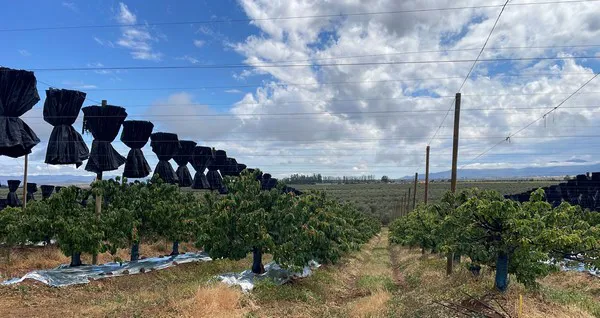
"We must emphasize that we are in a semi-desert area and that cherry trees do not have the same conditions as in the southern zone, which accounts for more than 95% of the planted area. This area is very attractive from the point of view of water sustainability, since less water is required than with other crops, such as avocados, citrus fruits or table grapes. In fact, during the season, cherry trees may require only between 30 to 50% of the water needed by those other crops."
Since its inception in 2000, Valle Arriba SpA. has been devoted to the production of conventional and organic extra virgin olive oil, which it exports to the U.S. market. "We have more than 600 hectares of olive trees, 400 organic (Fundo Tabalí) and more than 200 conventional (Fundo Los Lirios) here in Ovalle. Besides, in one of the estates, in Tabalí, there is an orchard with 4 hectares of 20-year-old cherry trees. We aim to reach 50 hectares this year. While we are not discarding trying new varieties, we continue working mainly with the Brooks, a traditional variety that has adapted very well to this area and which has very attractive sensory characteristics for the Asian consumer, very different to those found in the southern zone."
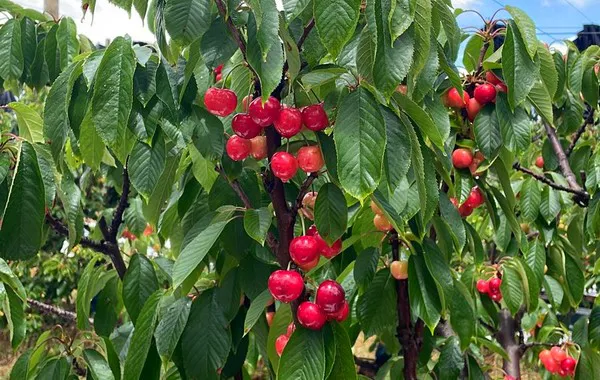
"During the two decades in which these cherries have been grown in Ovalle we have seen how climatic factors have been changing over time, both in the winter behavior linked with the necessary dormancy and in temperatures, which are responsible for the ripening and growth of buds. We must remain alert to be able to face situations such as the one observed in 2019, when an event with the trees in full bloom (winter), with more than 30 ºC during a morning and a relative humidity below 10%, damaged the flowers and affected the fruit setting and the production. There is also the case of what happened in May 2017, when more than 100 mm of rainfall was recorded in one day and the accumulation of winter cold did not exceed 100 HF."
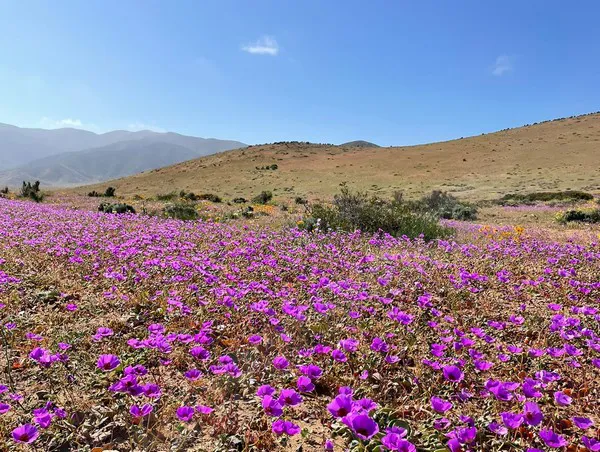
Desert in bloom after this year's rains.
"These events are becoming more and more common, and as producers, we must be able to face them with specific agronomic practices; and that in an increasingly complex scenario, both at a global and local level. One of our obligations as agronomists is to look for solutions to try, as far as possible, to keep the conditions of the production under control. Technology will be one of the key tools that we must incorporate in orchard management. By being well aware of the reality in different terroirs, we will be able to face these climate changes for which we ourselves are responsible."
For more information:
Agroindustrial Valle Arriba SpA
www.vallearriba.cl
Jorge Astudillo Gálvez
[email protected]
